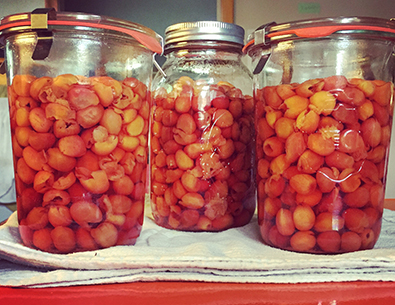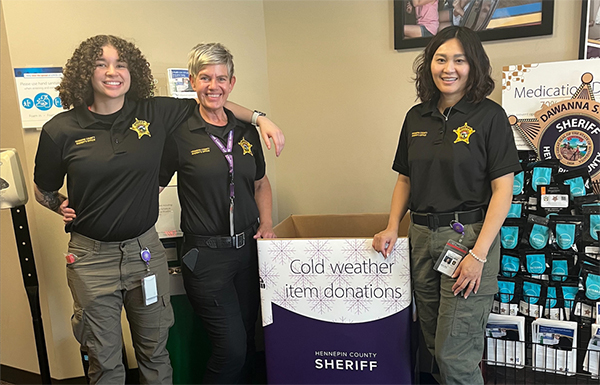Whether you garden at home, have a community supported agriculture (CSA) share or frequently shop the farmers markets, knowing how to preserve the abundant fruits and vegetables of summer will extend the time you can enjoy fresh produce, prevent food waste, and help you continue to reduce packaging waste that commonly comes with store-bought items.
Canning
Canning is a great way to preserve fruits and vegetables for years to come, and because they are shelf stable, they free up space in the fridge and freezer.
There are two types of canning:
- Water bath canning
- Pressure canning
Water bath canning simply requires a large pot and jars. You’ll need a pressure canner (not to be confused with a standard pressure cooker) for pressure canning. Fruits and vegetables prepared with sugar or vinegar, such as jams and pickles, can safely be canned in a water bath. These are easy items to preserve with very little up-front investment, making them a good choice for those new to canning. Once you’ve made an initial investment in jars, you can use them over and over again. Find used jars at garage sales, reuse stores and on neighborhood exchange sites.
Learn more about canning methods from the National Center for Home Food Preservation.
Freezing
Freezing is an easy way to preserve fruits and vegetables if you have space in your freezer. Some fruits and vegetables, such as blueberries and tomatoes, require no prep for freezing. Others, including peaches and beans, should be sliced, peeled or blanched first for best results.
Fruits and vegetables can be frozen in reusable jars and containers – just make sure to leave enough space in glass jars to prevent breakage. You can save and reuse jars and containers from previously purchased packaged foods.
Learn freezing techniques for specific fruits and veggies.
Dehydrating
Dehydrating removes the moisture content of foods to prevent spoilage.
Dehydrators speed up the process but aren’t necessary for this method of preservation. Foods can be dried on trays in your oven using the lowest setting. You can also dry foods outdoors in the sun on screens or trays, taking care to protect it from critters.
Store dried foods in reusable jars and containers.
Learn more about drying and dehydrating techniques.
Storage
There are several fruits and vegetables that can be stored as is for many months in the right conditions. Apples, winter squash, onions, potatoes, cabbage, beets and carrots can all be stored outside of the refrigerator without any processing.
Learn methods for storing fruits and vegetables in the University of Wisconsin’s storage guide (PDF).

